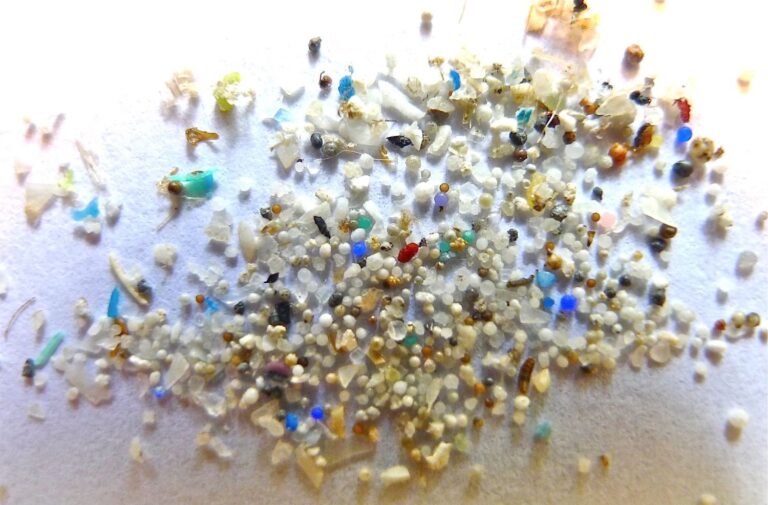
A recent study has brought to light a concerning issue affecting nearly half of the United States' prisons: water sources likely contaminated with toxic PFAS, or per- and polyfluoroalkyl substances. Known for their persistence in the environment and severe health risks, PFAS contamination poses a significant threat to approximately 1 million incarcerated individuals, including 13,000 juveniles, who have limited ability to avoid exposure.

The research, led by Nicholas Shapiro from the University of California, Los Angeles, evaluated the water sources for 6,118 carceral facilities across the U.S. The study utilized hydrologic unit codes to pinpoint regions near prisons that were at high risk of PFAS contamination due to proximity to airports, military sites, landfills, wastewater treatment plants, and various manufacturing facilities.
Despite the extensive potential for contamination, actual testing of the prison water sources has been limited. The researchers argue that more comprehensive water quality monitoring is desperately needed to fully assess and address the risk.
Incarcerated individuals, particularly those in poorer health or from marginalized communities, are disproportionately affected by these exposures. The study highlights a critical issue of environmental justice and public health, underscoring the dehumanization and neglect that can occur within the prison system.
For instance, a women’s prison near Tampa, Florida, was found to draw water from groundwater highly contaminated with PFAS from nearby firefighting training activities. Despite the known risks, incarcerated individuals at this facility were not informed or provided with safer alternatives, highlighting a grave oversight in protecting vulnerable populations.
The report emphasizes the need for immediate action to safeguard the health of those incarcerated. Advocates are calling for urgent testing and remediation efforts at affected sites, and for policies that ensure incarcerated populations are not overlooked in environmental health protections.
Given the severe health implications associated with PFAS exposure—including risks of cancer, liver disease, and immune system impacts—the study’s findings are a call to action for both environmental and prison reform advocates. It stresses the need for systemic change to ensure that all communities, regardless of their incarcerated status, have access to safe and clean water.
The presence of PFAS in prison water supplies is a stark reminder of the broader challenges of managing chemical contaminants in the environment. As the nation grapples with the pervasive issue of PFAS pollution, this report adds another layer of urgency to address the environmental injustices faced by some of the most vulnerable groups in society.











